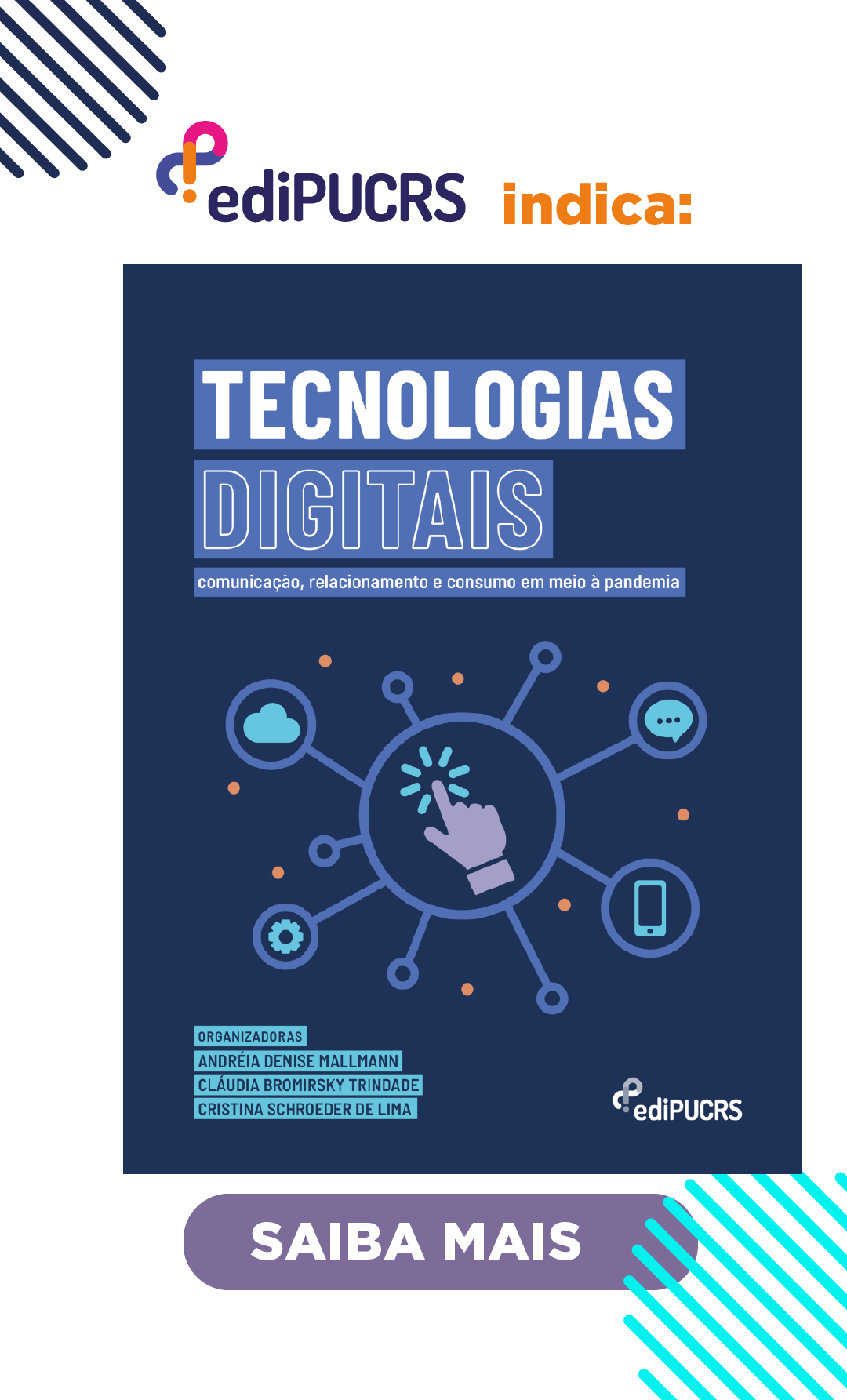Normative theories of journalism in Russia: stage of origin
DOI:
https://doi.org/10.15448/1980-3729.2017.1.24742Keywords:
Journalism, normative theory, Russian experience, professional ideologyAbstract
Normative theories of journalism are a classical object of research. In this area there are canonical approaches and schemes, which, however, are constantly subject to doubts and changes. Historical and theoretical study of the Russian experience provides an opportunity not only to see original interpretations of classical theme, but also offer non-traditional approaches to the classification of normative theories. The author analyzes the statements and practices of the outstanding Russian writers, journalists and thinkers of the XVIII-XIX centuries, who were concerned about the role of the press in society. As a result, there appears the basis for identification of three types of normativity characteristic for Russian journalism in the past and present. Namely, they are: directive, professional-deontological and professional-pragmatic types.
Downloads
References
AKOPOV, A. First sociological research in the Russian journalism. In: Akopov, A. Some questions of journalism: history, theory, practice (articles of different years). Rostov-on-Don: Tura; Gefest, p. 201-207, 2002.
BAKULEV, G. Mass communication: Westernn theories and concepts. Moscow: Aspect Press, 2010.
BENSON, R. Journalism: normative theories. In: DOSBACH, W. (Ed.). The international encyclopedia of communication, v. VI. Malden, MA: Blackwell Pub., p. 2591- 2597, 2008.
DOBROLYUBOV, N. Provincial Sketches of Shchedrin. In: Essays by N.A. Dobrolyubov. v. 1. St. Petersburg: P. P. Soikin Pub., p. 341-364, 1900.
ESIN, B. Russian newspaper and the newspaper business in Russia. Moscow: Lomonosov Moscow State University, 1981.
FEDOTOV, M. Positive mass information law. In: RIHTER, A. (Ed.). Legislation of the Russian Federation on mass media. Moscow: Center “Pravo i SMI”, p. 295-540, 1999.
From the desktop of E. P. Prokhorov. In: PROKHOROVA, I. (Ed.).The book in memory of Professor E. P. Prokhorov: Scientific articles. Memories. Moscow: Lomonosov Moscow State University, p. 27-58, 2013.
GOROHOV, V.; DZYALOSHINSKY. Mass media: creativity and institutes. Mediascope, n. 4, 2012. Available in: http://www.mediascope.ru/node/1219
Access: 25 July 2016.
GROMOVA, L. A. A. Krajewski – editor and publisher. St. Petersburg: St. Petersburg State University, Pub., 2001.
______. Russian voice “from the other side”. In: KORKONOSENKO, S. (Ed.). Media in the modern world. St. Petersburg readings. St. Petersburg: Philological faculty, St. Petersburg State University, p. 202-206, 2012.
JAKUBOWICZ, K. Rude awakening: social and media change in Central and Eastern Europe. The Public, v. 8, n. 4, p. 59-80, 2001.
KRIVENKO, S. Newspaper business and newspaper people. In: ESIN, B.; MAHONINA, S. (Eds.). Selected pages of Russian journalism of the beginning of XX century. Moscow: CheRo, p. 141-146, 2001.
LAKATOS, I. History of science and its rational reconstruction. In: COHEN, R.; BUCK, R. (Eds.). Boston Studies in the Philosophy of Science, n. 8, p. 174-182, 1971.
MACHADO, E. From journalism studies to journalism theories. Brazilian Journalism Research, v. 1, n. 1, Semester 1, p. 11-23, 2005.
MAKUSHIN, L. Censors hip regime and the system of the Russian periodical press in the era of the great reforms of Alexander II. 2010. 492 p. Thesis (PhD in Philology) – Faculty of Journalism, St. Petersburg State University, St. Petersburg, 2010.
MCQUAIL, D. Journalism as a public occupation: alternative Images. In: CARPENTIER, N.; PRUULMANN-VENGERFELDT, P.; NORDENSTRENG, K. et al. (Eds.). Democracy, journalism and technology: new developments in an enlarged Europe: the Intellectual work of ECREA’s 2008 European media and communication doctoral summer school. Tartu: Tartu University Press, p. 47-59, 2008.
NERONE, J. The historical roots of the normative model of journalism. Journalism, v. 14, n. 4, p. 446-458, May. 2013.
NORDENSTRENG, K. The Russian media system: something special? In: VARTANOVA, E. (Ed.). Content, channels and audiences in the New Millenium: interaction and interrelations. Moscow: Faculty of Journalism, Lomonosov Moscow State University, p. 183-186, 2010.
NORDENSTRENG, K.; PIETILÄINEN, J. Normative theories of the media: lessons from Russia. In: ZASSOURSKY, YA. N.; VARTANOVA, E. (Eds.). Media, communications and the open society. Moscow: Faculty of Journalism/Publisher IKAR, p. 146- 159, 1999.
NOVIKOV, N. Experience of historical dictionary of Russian writers (excerpt). In: PIROZHKOVA, T. (Introd. article, comments, and notes). In the temple of memory. Literary-critical works of M. V. Lomonosov 1765-1865. Moscow: Lomonosov Moscow State University, p. 43-50, 2011.
SHERBAKOVA, G. Journal of O. I. Senkovsky “Library for Reading” (1834-1856) and formationof mass journalismin Russia. St. Petersburg: St. Petersburg State University Pub., 2005.
SJØVAAG, H. The meaning and function of journalistic ideology. In: TRIVUNDŽA, I.; CARPENTIER, N.; NIEMINEN, H.; et al. (Eds.). Past, future and change: contemporary analysis of evolving media scapes. Ljubljana: Faculty of Social Sciences, University of Ljubljana Press: Založba FDV, p. 131-145, 2013.
SLONIMSKY, L. Periodical press and capitalism. In: ESIN, B.; MAHONINA, S. (Eds.). Selected pages of Russian journalism of the beginning of XX century. Moscow: CheRo, p. 175-181, 2001.
TALOVOV, V. Origins of sociological journalistic studies in Russia. Vestnik Moskovskogo Universiteta. Series 10, Journalism, n. 5, p. 27-35, 1993.
______. The legislation of the Russian Federation on mass media and journalism. In: KORKONOSENKO, S. (Ed.) Social functioning of journalism. St. Petersburg: Chas Pik, p. 23-43, 1994.
ZHIRKOV, G. Interaction between journalism and journalism theory in Russia: from the 18th to the Early 20th Century. Russian Journal of Communication, v. 4, n. 3/4, p. 177-197, Summer/Fall, 2011.
______. Journalism: historical studes and portraits. St. Petersburg: Roza Mira, 2007.
Downloads
Published
How to Cite
Issue
Section
License
Derechos de Autor
La sumisión de originales para la Revista Famecos implica la transferencia, por los autores, de los derechos de publicación. El copyright de los artículos de esta revista es el autor, junto con los derechos de la revista a la primera publicación. Los autores sólo podrán utilizar los mismos resultados en otras publicaciones indicando claramente a Revista Famecos como el medio de la publicación original.
Creative Commons License
Excepto donde especificado de modo diferente, se aplican a la materia publicada en este periódico los términos de una licencia Creative Commons Atribución 4.0 Internacional, que permite el uso irrestricto, la distribución y la reproducción en cualquier medio siempre y cuando la publicación original sea correctamente citada.






